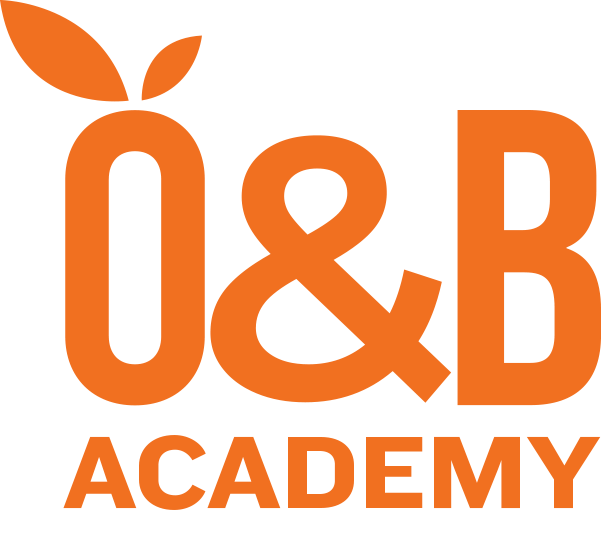Course Overview
Since Git has quickly become the most popular version control system today, due being open source, distributed, and having a rich set of features unseen in previous version control systems like Subversion, Mercurial or Microsoft TFS.
However, many teams jump into Git without understanding proper practices in version control, or how workflows in distributed version control differ from those in centralized version control. Also, many developers end up using Git simply to push or pull code, not using its many powerful features for such things as finding bugs or resolving conflicts.
This course introduces version control best practices as well as best practices specific to Git, and introduces attendees to Git’s less-used but powerful features.
Learning Outcomes
Learn the basics of Git and apply Git best practices
Course Outline
Basics of Git
- Git Overview
- Starting a Fresh Repository
- Checking Status & Staging Your First Commit
- Your First Commit
- Reviewing Commits
- Commit Messages & Atomic Commits
- Making & Reviewing Changes Before Committing
- Unstaging a File
- Revising an Incomplete Commit
- Viewing Changes Between Commits
- Branching
- Merging
- Resolving Merge Conflicts
- Tagging
- Ignoring Files & Directories
- Finding When a Bug Was Introduced
- Sharing a Remote Repository w/ GitLab or GitHub
- Linking Commits w/ Issues on GitLab/GitHub
- Closing an Issue on GitLab/GitHub
- Finding Someone to Blame
- Best Practices
Skill Level
Suitable For
Anyone who is looking develop a good working knowledge of Linux
Duration
day
Related Topics
Skill Level
Suitable For
Anyone who is looking develop a good working knowledge of Linux
Duration
day
Related Topics
Course Overview
Since Git has quickly become the most popular version control system today, due being open source, distributed, and having a rich set of features unseen in previous version control systems like Subversion, Mercurial or Microsoft TFS.
However, many teams jump into Git without understanding proper practices in version control, or how workflows in distributed version control differ from those in centralized version control. Also, many developers end up using Git simply to push or pull code, not using its many powerful features for such things as finding bugs or resolving conflicts.
This course introduces version control best practices as well as best practices specific to Git, and introduces attendees to Git’s less-used but powerful features.
Learning Outcomes
Learn the basics of Git and apply Git best practices
Course Outline
Basics of Git
- Git Overview
- Starting a Fresh Repository
- Checking Status & Staging Your First Commit
- Your First Commit
- Reviewing Commits
- Commit Messages & Atomic Commits
- Making & Reviewing Changes Before Committing
- Unstaging a File
- Revising an Incomplete Commit
- Viewing Changes Between Commits
- Branching
- Merging
- Resolving Merge Conflicts
- Tagging
- Ignoring Files & Directories
- Finding When a Bug Was Introduced
- Sharing a Remote Repository w/ GitLab or GitHub
- Linking Commits w/ Issues on GitLab/GitHub
- Closing an Issue on GitLab/GitHub
- Finding Someone to Blame
- Best Practices



